“Its true that flowers feed the soul – when you are surrounding with most fragrant flowers”
Tuberose (Polianthes tuberosa L.)is one of the most important tropical ornamental bulbous flowering plants cultivated for the production of long-lasting flower spikes. It is popularly known as Rajanigandha or Nishigandha. Tuberoses are perennial flowering plants that are native to warm weather regions. It belongs to the family Amaryllidaceae and is native to Mexico.
The flowers are attractive and elegant in appearance with a sweet fragrance. It has long been cherished for the aromatic oils extracted from its fragrant white flowers. Tuberose blooms throughout the year and its clustered spikes are rich in fragrance; florets are star-shaped, waxy, and loosely arranged on spikes that can reach up to 30 to 45 cm in length. The flower is very popular for its strong fragrance and its essential oil is an important component of high-grade perfumes. Flowers of the Single type (single row of perianth) are commonly used for extraction of essential oil, loose flowers, making garland, etc., while that of Double varieties (more than two rows of perianth) are used as cut flowers, garden display, and interior decoration.
The fragrance of flowers is very sweet, floral, and honey-like and can help give emotional strength. The flower spike of tuberose remains fresh for a long time and finds a distinct place in the flower markets. Due to its immense export potential, the cultivation of tuberose is gaining momentum day by day in our country.
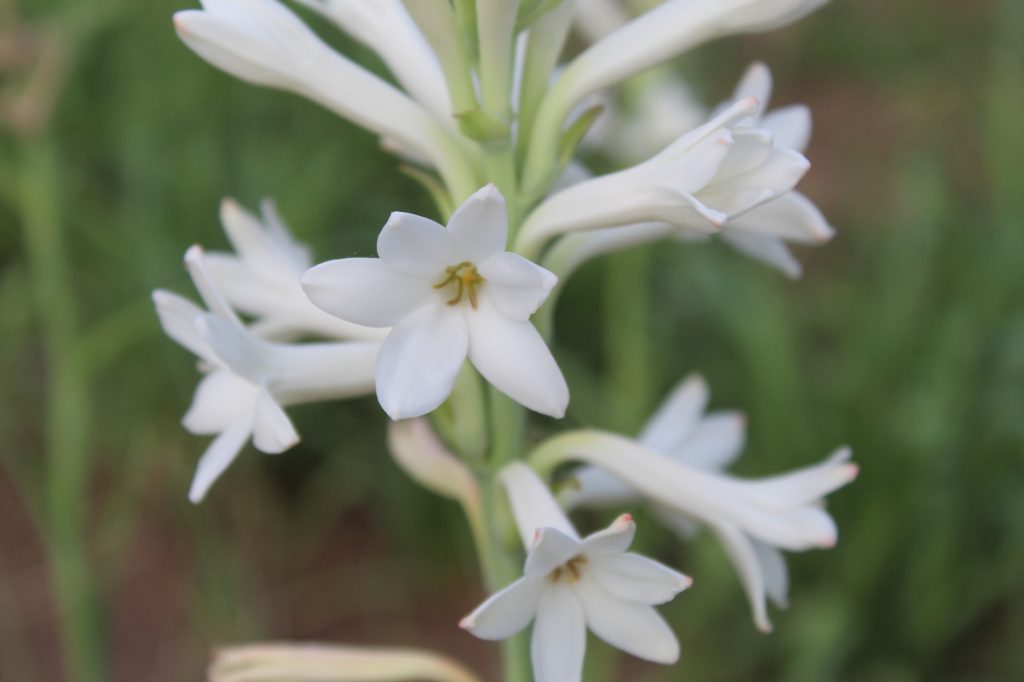
How to Grow
Tuberoses are propagated by bulbs, bulblets, and seeds. Choose a spot with hot afternoon sun for your flower. Place a 4 inches (10 cm) thick layer of compost to encourage good drainage and add necessary nutrients to the soil.
Propagation from Bulbs
This is the most common way of propagating Tuberose. The process is quite simple. Get individual tuberose bulbs 0.6 inches (1.50 cm) large in diameter, and plant them in your garden. Take care to face buds upward.


You should start with planting from March to May, depending on the region you live in, but you can also plant your flower between July and August as well.
Water the ground well and cover bulbs with the 2 inches thick layer of soil. Expect first flowers appearing in late summer or early fall, approximately 90 to 120 days after planting.
Propagation from Seeds
It is a hard way to propagate Tuberose. Sow seeds in January, and you can expect that 70 to 80% of them germinate at some point.
Tuberose Care
Spacing
The best way is to plant bulbs approximately 8 x 8 inches apart. This will provide excellent airflow for Tuberose.
Soil
For healthy blooms, it’s important to check for pH, which should be in a range of 6.5 to 7.5.
Light
Tuberose grows best in full sun, but airflow and drainage should also be taken care of as well. Protect your plant from strong winds to get abundant blooming.
Avoid planting this flower in shadow, because you will get tall plants without its desirable, lovely flowers. Therefore, you should provide at least six to eight hours of sunlight a day.
Temperatures
Tuberose requires subtropical and tropical temperatures. Those from 70 to 75 F (21–24 C) are ideal for getting a healthy and vigorous plant.
Watering
Water your plant when the top 1 inch of the soil surface is dry, and let the excess moisture drain. Water at least once a week throughout the growing season. However, take care to keep the plant safe from overwatering, and prevent consequential root rot. Reduce watering gradually when the temperatures fall, and the foliage becomes yellow in autumn.
Fertilizing
Since this flower is a heavy feeder, you should apply fertilizer at the beginning of the growing season. The best option is the slow-release, granular ones. Feed the plant every three to six weeks until the growing season ends.
Mulching
Even though Tuberoses require full sun to blossom abundantly, they can’t stand growing in the dry and cracked ground. Therefore, keep the soil moist by adding a 3 inches (7.6 cm) thick layer of mulch. It will also prevent the growth of weeds.
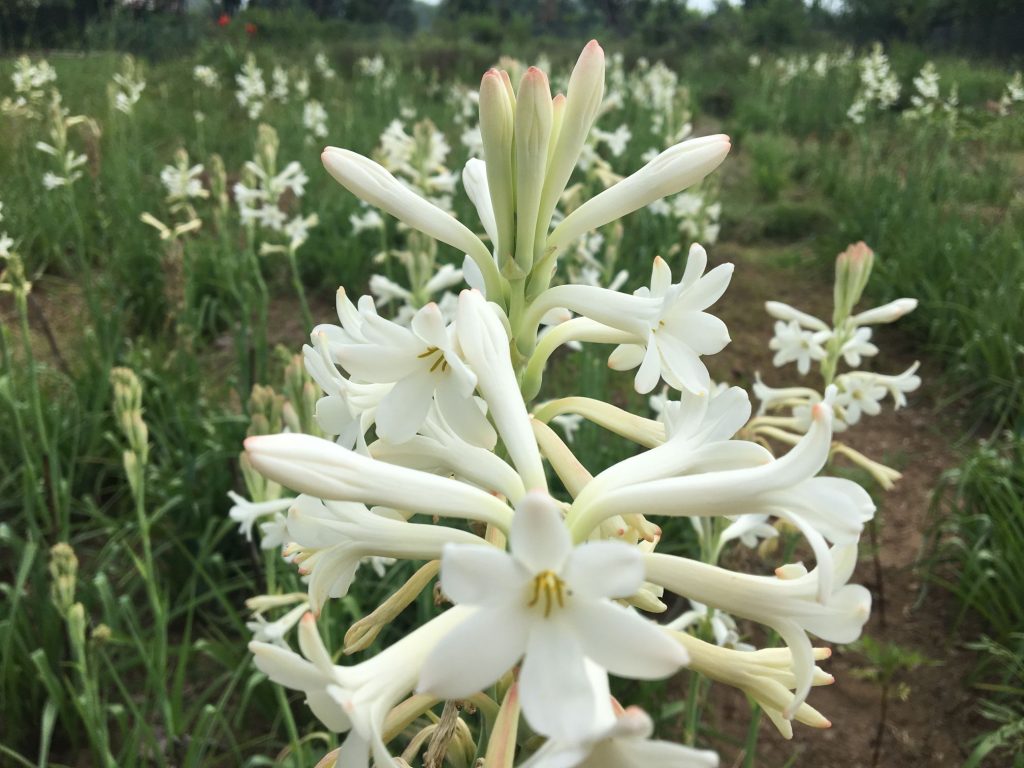

Symbolism
White Tuberose stands for purity, love, and peace. These flowers are often used in wedding bouquets. The scent of flowers creates such an impressive vibe.
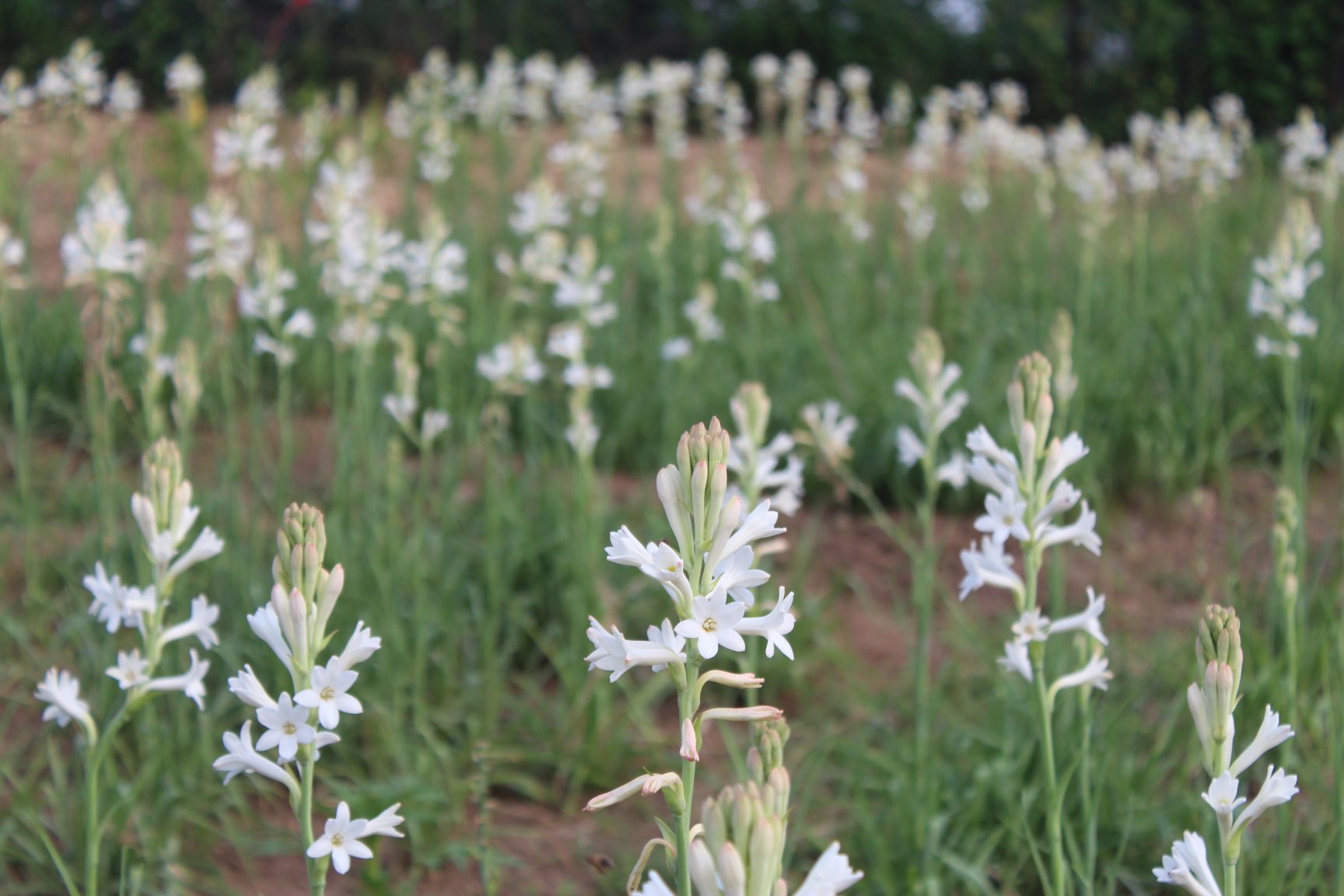

Benefits of Tuberose
- Tuberose flower helps to prevent the chances of anemia. It increases the blood level and fitness of the body.
- The extracts from the flower are combined with other oils and scents to make perfumes.
- Tuberose flower is helpful for treating and lowering cataract symptoms. A cataract is a health disorder in the visual organ of the body which means eyes that make the vision of sufferers become foggy.
- Insomnia is a symptom where one could not be able to sleep. It is helpful for those who are suffering from sleep problems.
- Tuberose flower provides calmness and relaxation effects.
- In India, it is used for healing wounds and treating malaria.
- The flowers of Rajanigandha are consumed as vegetables.
-
Mix Cineraria Flowers Seeds₹120.00
-
Sweet Pea Flower Seeds₹120.00
-
Queen Anne’s lace Flower Seeds₹120.00

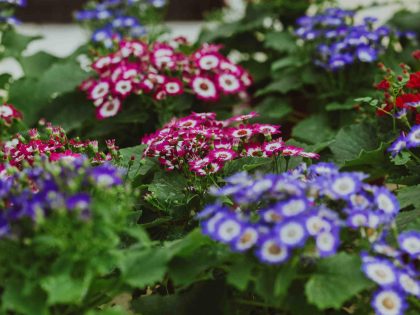
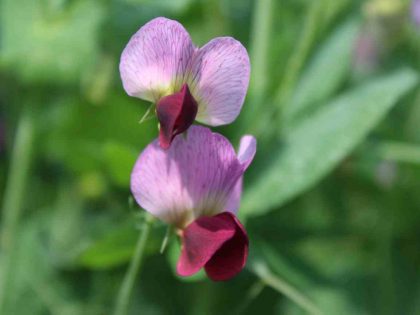
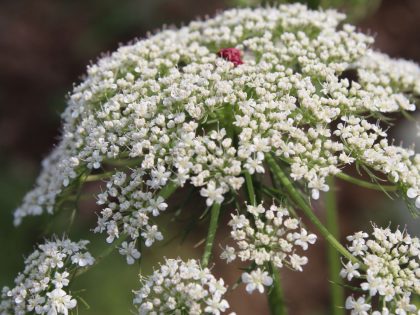
I really like and appreciate your blog article.Much thanks again. Great.
Great blog article.Really looking forward to read more. Cool.
Thanks for sharing, this is a fantastic post.Really thank you! Will read on…